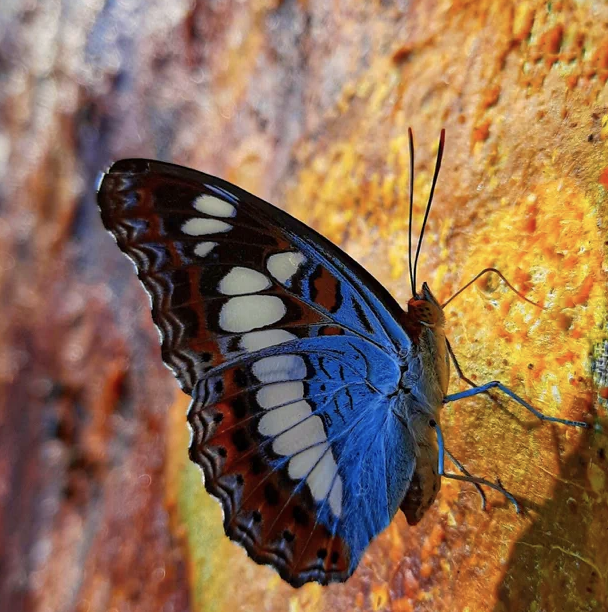“Nature is a place that is always susceptible to the sacred” –Ile Aiye
I recently watched Ile Aiye, a documentary about the world of Candomble in Bahia, Brazil. Ile Aiye means House of the Earth. In Candomble, temples of worship are called houses. Literally, Ile Aiye means the Earth temple – or the temple of the Earth. The Earth temple is the Earth itself and her creative expression, nature. Of the 90-minute long documentary filled beautiful images of spiritual ceremony, samba dancing, and the Bahian landscape, I was most drawn to the statement — “nature is a place that is always susceptible to the sacred”. This statement summarizes not only Afro-Brazilian and African spiritual philosophy, but indigenous spiritual philosophy. It is in nature that ancient cultures sought wisdom and clues from the Divine. Just as we glean pieces of information about a parent by looking at the child, we learn about the universe and it’s basic principles by looking at all that descends from the Earth.Watch Ungodly Acts (2015) Full Movie Online Streaming Online and Download
So, why does the sacred express through the divine? Perhaps because it’s intuitive for us to observe all that is naturally around us. Or maybe it’s because the divine process requires that a piece of God flow through all of its creation. Or, maybe nature serves as a stable and unifying force that can help us to rally around the basic and universal principles of spirituality and life. What is true, is that nature is powerful, beautiful, and dynamic. And so is the sacred.





